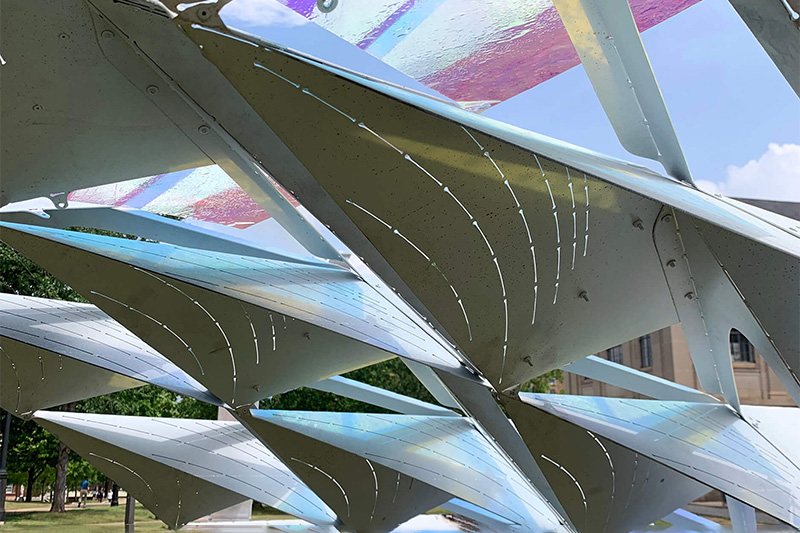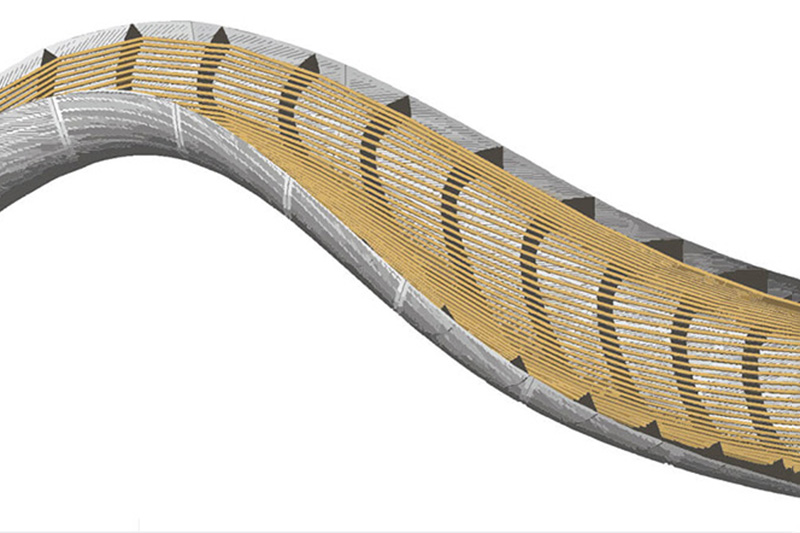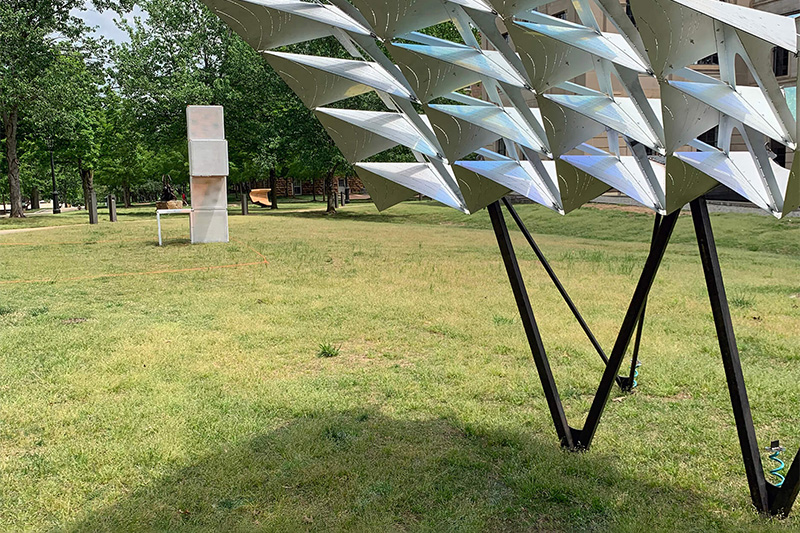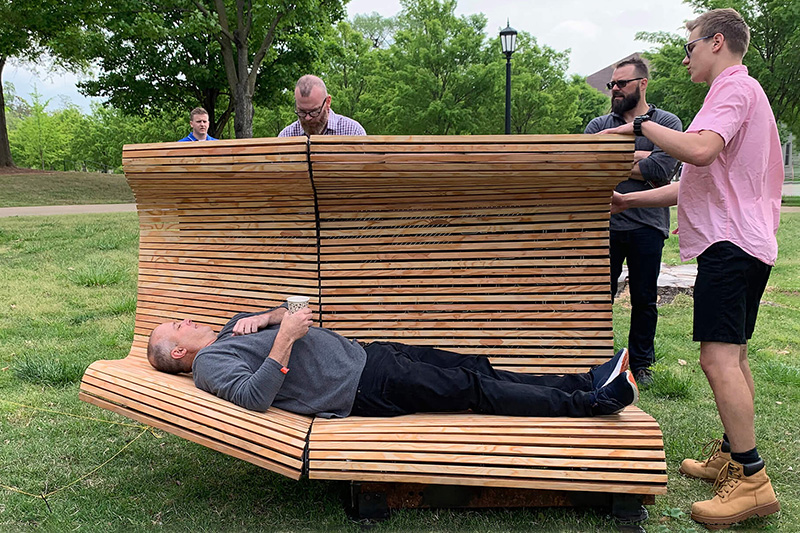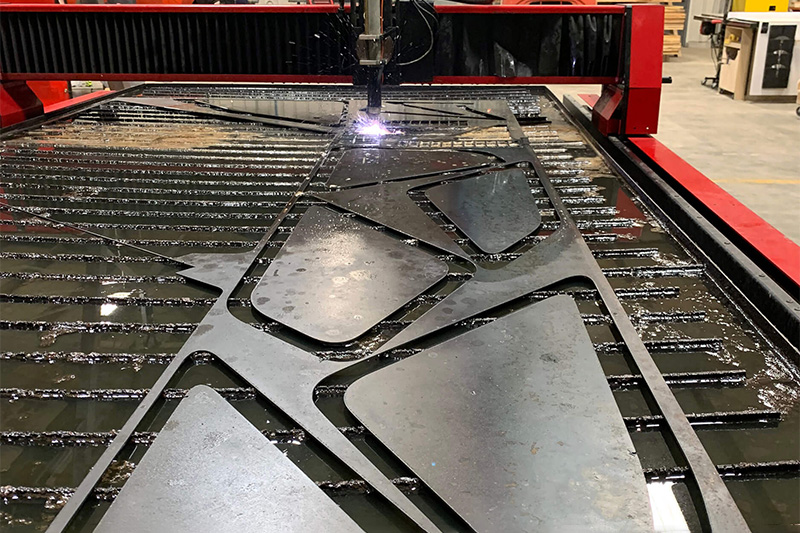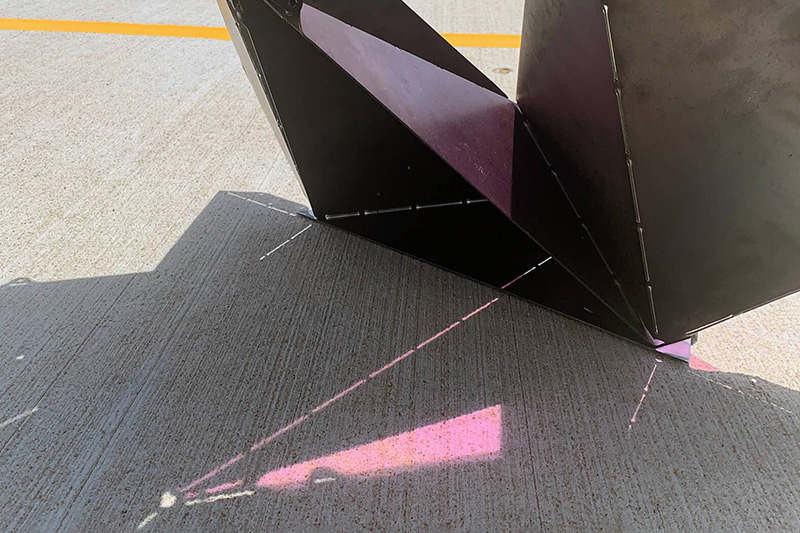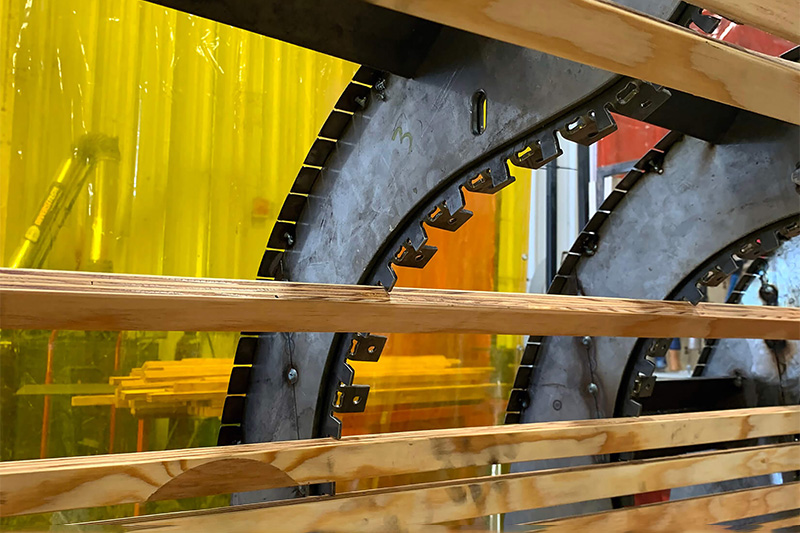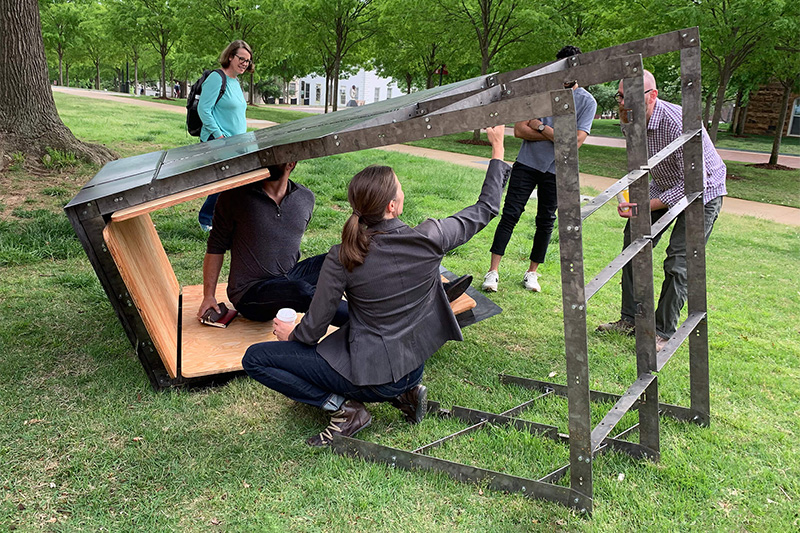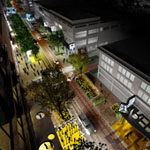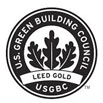Spring 2019
Discipline: Architecture / Interior Design
Year Level: Advanced Interdisciplinary
Professor(s):
Emily Baker, Assistant Professor of Architecture
Description:
This studio focused on the design and fabrication of pieces for a shaded play area to be integrated into the outdoor space at the Scott Family Amazeum, a dynamic children's museum for learning and exploration in Bentonville, Arkansas. The studio allowed students to turn the typical progression of design upside down – moving from physical object toward comprehensive design in a process of iterative making. Prototyping with real materials began with the start of semester. Through hands-on engagement with materials, students developed material systems with their own craft language and choreography of assembly. This evolution of a material system progressed concurrently to site studies and conversations with the clients, children, and staff at the Amazeum.
This studio fostered work at the intersection of digital techniques for construction and intuitive hand craft, as sophisticated digital design does not have to begin inside of the computer. Rather, the capabilities of digital material manipulation can infuse a process of embodied learning through making, allowing students to access a deeper and more targeted mode of engagement with digital tools.
Students produced a comprehensive design for the shaded play space along with refined prototypes of the design that accounted for structural stability, quality of finishes, buildability, choreography of assembly, streamlining for cost and construction time, etc.

